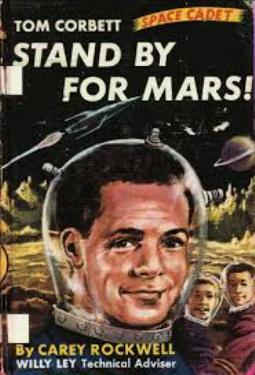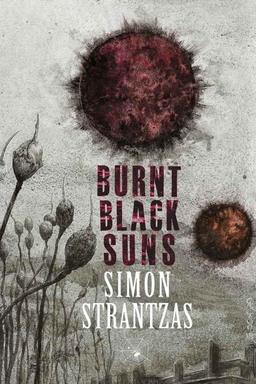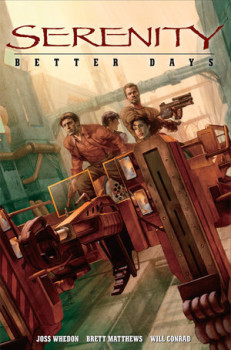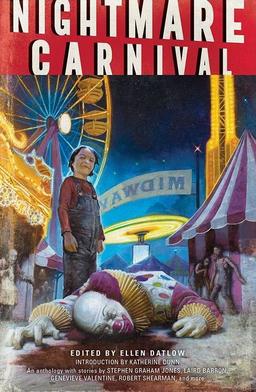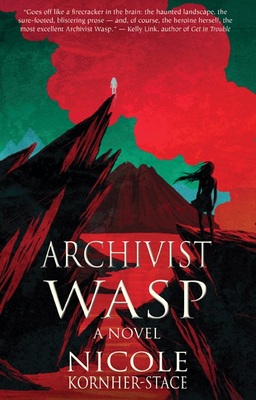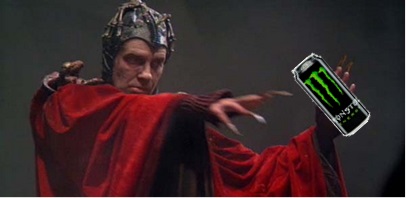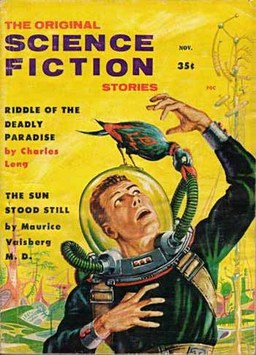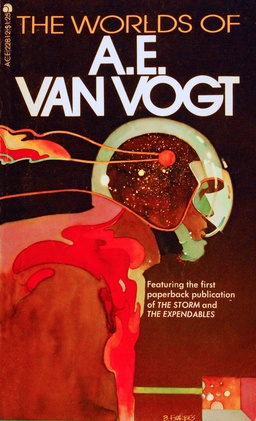 We haven’t discussed A.E. Van van Vogt at Black Gate very much, and that’s probably a significant oversight.
We haven’t discussed A.E. Van van Vogt at Black Gate very much, and that’s probably a significant oversight.
True, he’s primarily thought of as a science fiction writer (when he’s thought of at all these days.) But however you categorize him, van Vogt was one of the most important writers of the pulp era. I looked at one of his most famous novels, a fix-up of his early pulp stories from Astounding Science Fiction, The Voyage of the Space Beagle, back in September, but that’s really the first time we discussed van Vogt at any length.
Well, that leaves us a lot of ground to cover, so we better get started.
Van Vogt’s longer works include some of the most famous early novels in the SF canon, including Slan (1946), The World of Null-A (1948), and The Weapon Shops of Isher (1951). If you’re interested in sampling his shorter work, there are a lot of collections to choose from — including Transfinite: The Essential A. E. Van Vogt (2003), the deluxe, 576-page hardcover collection of his best work from NESFA Press (still in print, you lucky dog.) If you’re looking for something a little more economical, I highly recommend Transgalactic (2006), a handsome trade collection containing eleven short stories and a short novel, The Wizard of Linn, still in print from Baen.
Of course, you know how I feel. If you want to experience Van Vogt in the pure state, the way his original fans did, you should collect pulps, like any decent person. Failing that, I recommend tracking down a few of his most important paperbacks. Besides, that’s the truly economical approach.
I suggest starting with The Worlds of A.E. Van Vogt, a generous sampling of his short fiction spanning 1941 – 1971. It was originally published in 1974 and is still easy to find and very inexpensive. Twelve of the stories within (plus Forrest J. Ackerman’s one-page introduction) appeared in a smaller paperback, The Far-Out Worlds of A. E. van Vogt, in 1968; but this edition includes all of those stories plus three long novelettes, adding over 100 pages. It’s the one you want.
…
Read More Read More
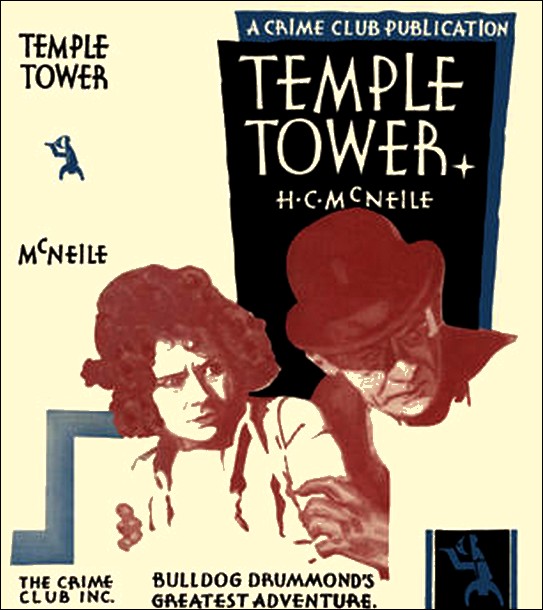
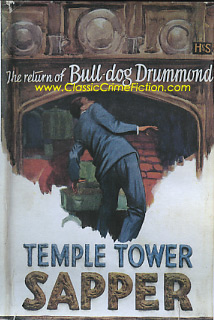 Temple Tower (1929) was the sixth Bulldog Drummond novel and marked a departure from the series formula. Having killed Carl Peterson off at the conclusion of the fourth book and dealt with his embittered mistress Irma’s revenge scheme as the plot of the fifth book, Sapper took the series in an unexpected direction by turning to French pulp fiction for inspiration.
Temple Tower (1929) was the sixth Bulldog Drummond novel and marked a departure from the series formula. Having killed Carl Peterson off at the conclusion of the fourth book and dealt with his embittered mistress Irma’s revenge scheme as the plot of the fifth book, Sapper took the series in an unexpected direction by turning to French pulp fiction for inspiration.
